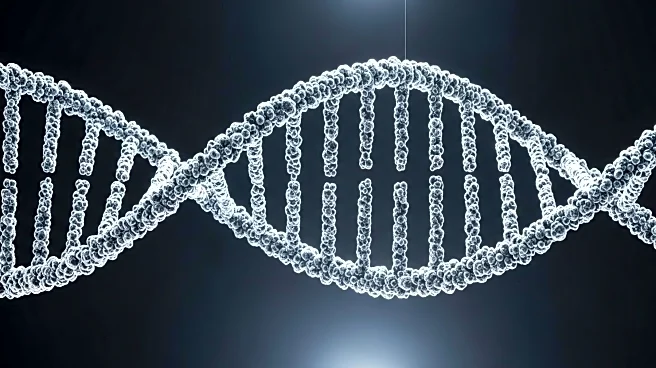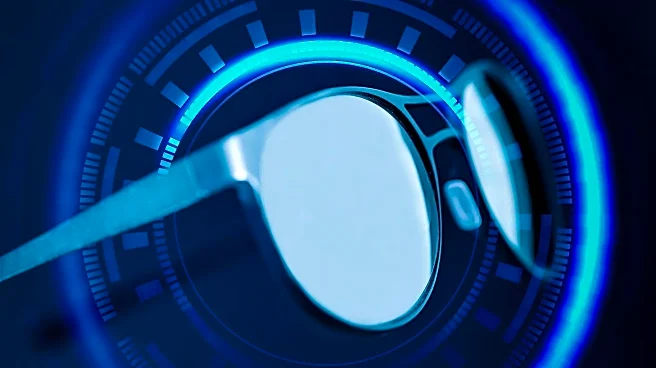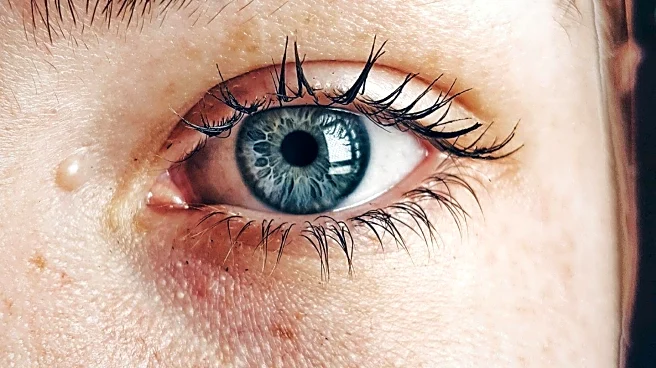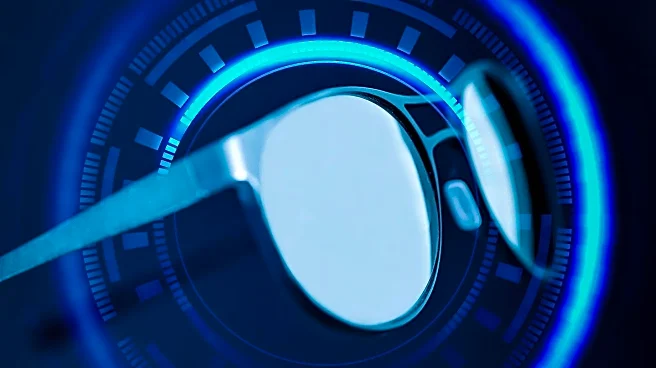What's Happening?
A study published in Nature examines the changes in vascular density of the retina and choriocapillaris using swept-source optical coherence tomography angiography after retinal laser photocoagulation in patients with diabetic retinopathy. The study involved 45 patients and analyzed vessel densities in different areas of the retina before and after treatment. Results showed significant changes in vascular density, particularly in the choriocapillaris, which decreased immediately after treatment but gradually recovered over time.
Why It's Important?
Understanding the impact of laser photocoagulation on retinal and choriocapillaris vascular density is crucial for improving treatment strategies for diabetic retinopathy. This study provides insights into the mechanisms of laser therapy and its effects on different vascular layers, which could lead to more effective and targeted interventions. The findings may help refine treatment protocols and improve patient outcomes by minimizing adverse effects and enhancing recovery.
What's Next?
Further research is needed to explore the long-term effects of laser photocoagulation on retinal vascular density and its implications for diabetic retinopathy management. Future studies could focus on optimizing laser treatment parameters to maximize therapeutic benefits while minimizing risks. Additionally, exploring alternative therapies or combination treatments could enhance the effectiveness of diabetic retinopathy management.
Beyond the Headlines
The study highlights the importance of advanced imaging techniques like SS-OCTA in understanding retinal diseases. It underscores the potential for personalized medicine approaches in ophthalmology, where treatments are tailored based on individual vascular profiles. This could lead to more precise interventions and improved patient care in diabetic retinopathy.










